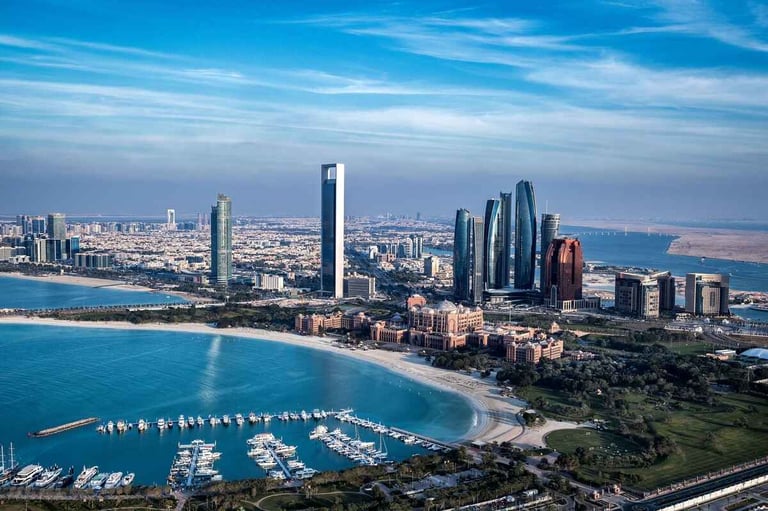Qatar Airways announced the resumption of three weekly flights to Aleppo, Syria, starting August 10, 2025. The frequency of these flights will increase to four weekly flights from September 1, 2025.
The airline‘s operations to the city first commenced in 2011. In early 2025, Qatar Airways resumed flights to Damascus, making Aleppo the second Syrian destination to be integrated into the airline’s global network, as stated by the airline in a recent announcement.
Aleppo will now be part of Qatar Airways’ extensive network, which encompasses over 170 global destinations. This resumption signifies the airline’s commitment to enhancing connectivity both in the region and around the globe through Qatar Airways’ award-winning hub, the world-class Hamad International Airport located in Doha, Qatar.
Members of the Qatar Airways Privilege Club can enrich their travel experiences by collecting Avios on flights, as well as on shopping and dining at Qatar Duty Free within Hamad International Airport. Members have the option to utilize their Avios for travel and lifestyle rewards of their choice, including bidding on exclusive experiences through the Privilege Club Collection.
Renewed ties with GCC
Syria is experiencing a renewed relationship with Gulf Cooperation Council (GCC) countries. This week, DP World signed a 30-year concession agreement with Syria’s General Authority for Land and Sea Ports to develop and operate the Port of Tartus.
Under this agreement, DP World will invest $800 million over the concession period to enhance the port’s infrastructure and establish it as a vital regional trade hub, linking Southern Europe, the Middle East, and North Africa.
After more than a decade of conflict and ongoing underinvestment in trade infrastructure, the redevelopment of Tartus marks a significant milestone in Syria’s economic reintegration. Structured as a Build-Operate-Transfer (BOT) model and fully owned by DP World, the project will feature new infrastructure, advanced cargo-handling equipment, and digital systems designed to improve efficiency across the port’s container and general cargo terminals.
GDP growth projections
The World Bank has projected that Syria’s gross domestic product (GDP) will experience modest growth of 1 percent in 2025, following a contraction of 1.5 percent in 2024. “The easing of sanctions provides some upside potential; however, progress remains limited as frozen assets and restricted access to international banking continue to hinder energy supply, foreign assistance, humanitarian support, and trade and investment,” the World Bank stated in a recent announcement.
Syrian Finance Minister Mohammed Yusr Barnieh emphasized that lifting sanctions is a crucial and significant step that will positively impact the Syrian economy. Simultaneously, the Governor of the Central Bank of Syria, Abdulqadir Al Hasriya, described this moment as a historic opportunity to advance efforts in enhancing transparency and governance within financial institutions, as well as integrating the Syrian financial system into the international framework.
On June 25, the World Bank approved a $146 million grant aimed at bolstering electricity supplies and facilitating economic recovery in Syria. Following this, on June 30, U.S. President Donald Trump issued an executive order that converted the temporary freeze on sanctions targeting Syria’s financial and banking sector into a permanent lifting. This executive order concluded the national emergency that had been in effect since 2004, which imposed comprehensive sanctions on Syria affecting most state-run institutions, including the central bank.
In June 2025, the International Monetary Fund (IMF) indicated that Syria will require “substantial international” support to rehabilitate its economy, address urgent humanitarian needs, and rebuild essential institutions and infrastructure. During a five-day visit in early June—marking the first by the 191-country lending organization since 2009—the IMF team engaged with officials from both the public and private sectors, including the finance minister and central bank governor.








